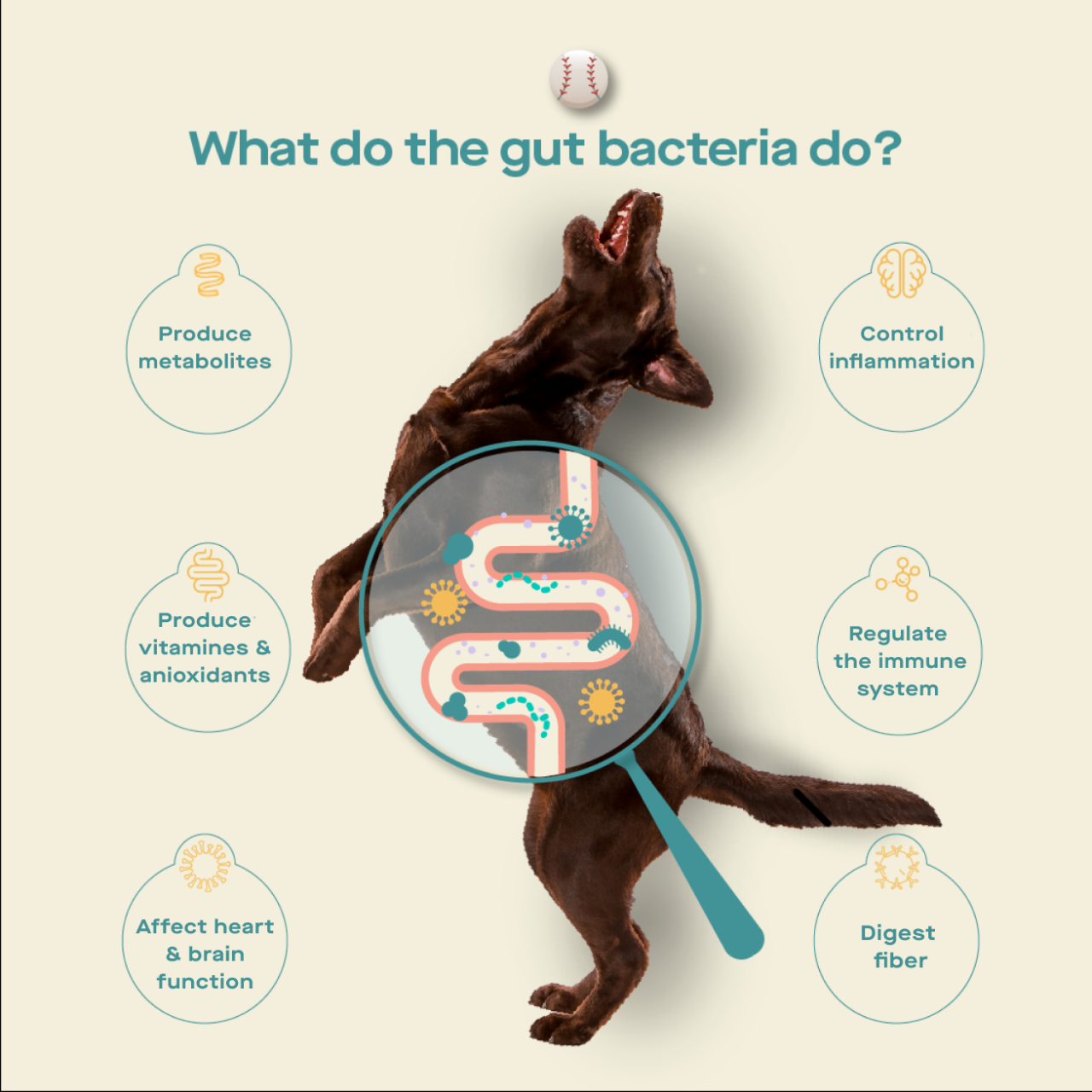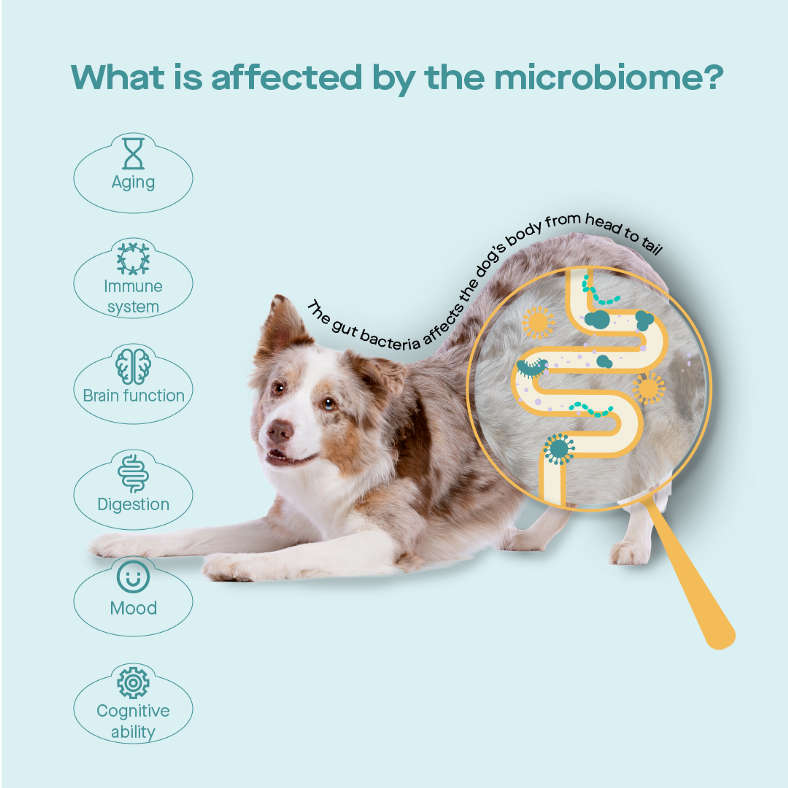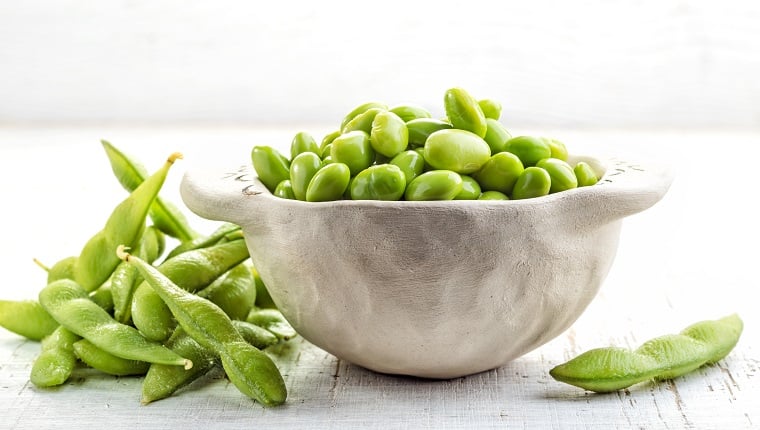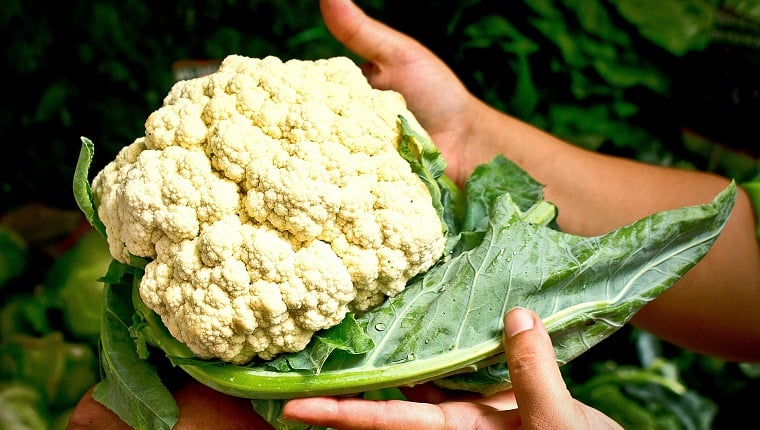
Do Dogs Need Vitamins and Supplements?
Puppy Training: Developing a social puppy starts with these 4 principles
Why do dogs eat strange things?
Have you ever seen your dog eating on the grass and thought, “I think I got a cow wrong,” followed by the question, “Should they do this?” ”
Some people may have told you that dogs eating grass can relieve an upset stomach. But rest assured, you do actually have a dog, and there is no known link between eating grass and an upset stomach. You’re not the only one watching your dog eat the lawn, either. Studies show that 68% of dogs eat grass regularly, and 8 in 10 pet parents report that their dogs eat leaves.
When (real) cows graze, they are not actually grazing for themselves. Grass is actually food for bacteria that live in their stomachs. These bacteria are the food that sustains cows. In fact, 90% of the protein used by the cow’s body comes from the cells of these bacteria, as well as 70% of their total energy.
Studies have found similar herbivorous bacteria in the guts of some dogs, but it’s not clear what these bacteria are doing there. The truth is that the effect of grass on the bacteria that live in the intestines of dogs is still unknown.
But research over the past two decades does show that gut bacteria play a vital role in shaping your dog’s physical and mental health. Most importantly, we now have a deeper understanding of the complex relationship between nutrition and health.
What to do if you eat poop?
You may also see your dog eating poop, which, although it may seem disgusting, can be a useful way for them to get a fresh supply of bacteria to keep their microbiome healthy and diverse. Again, this is thought to be one of the reasons humans consume kimchi, sauerkraut, and other foods produced through fermentation, in which bacteria and other microorganisms break down food components into other molecules and give these foods their unique taste. Some studies have shown that these fermented foods have a positive effect on the human microbiome.
Why are gut bacteria so important?
“Bacteria are nature’s largest biochemical laboratory,” says Dr. David Zeevi, a microbiome and personalized nutrition expert from the Weizmann Institute and special scientific advisor to Stay. For example, dogs’ genomes are made up of about 19,000 protein-coding genes, while the bacteria and other microbes in their guts, collectively known as the microbiome, encode more than 3 million genes and produce thousands of metabolites — small molecules that fuel the body’s cells.
 Gut bacteria have a lot to blame!
Gut bacteria have a lot to blame!Each dog has a unique DNA code, as well as an equally unique microbiome. However, unlike DNA, the microbiome is flexible and dynamic, and it changes as the dog grows, ages, and the environment changes.
How to maintain the gut bacteria that help your dog?
Your Stay journey begins with a meal plan with selected ingredients, the quality of those ingredients, high levels of important nutrients, and most importantly, their contribution to a healthy and diverse ecosystem of beneficial bacteria living in your dog’s gut.
When you become a Stay member, we help track your pet’s physiology and behavior changes. What is their activity level? Do they take any supplements? Did the veterinarian raise any health concerns during the last check-up? We also include free seasonal microbiome checks to get snapshots of different bacteria in your dog’s gut.

We analyze this information and then provide ongoing recommendations for your meal plan. Together we can improve your dog’s health and well-being. Sometimes this also means not changing their diet (temporarily)!
This is just the beginning. Our goal is to find the healthiest recipes for your pet and develop as they grow, even if they are gnawing on grass.




